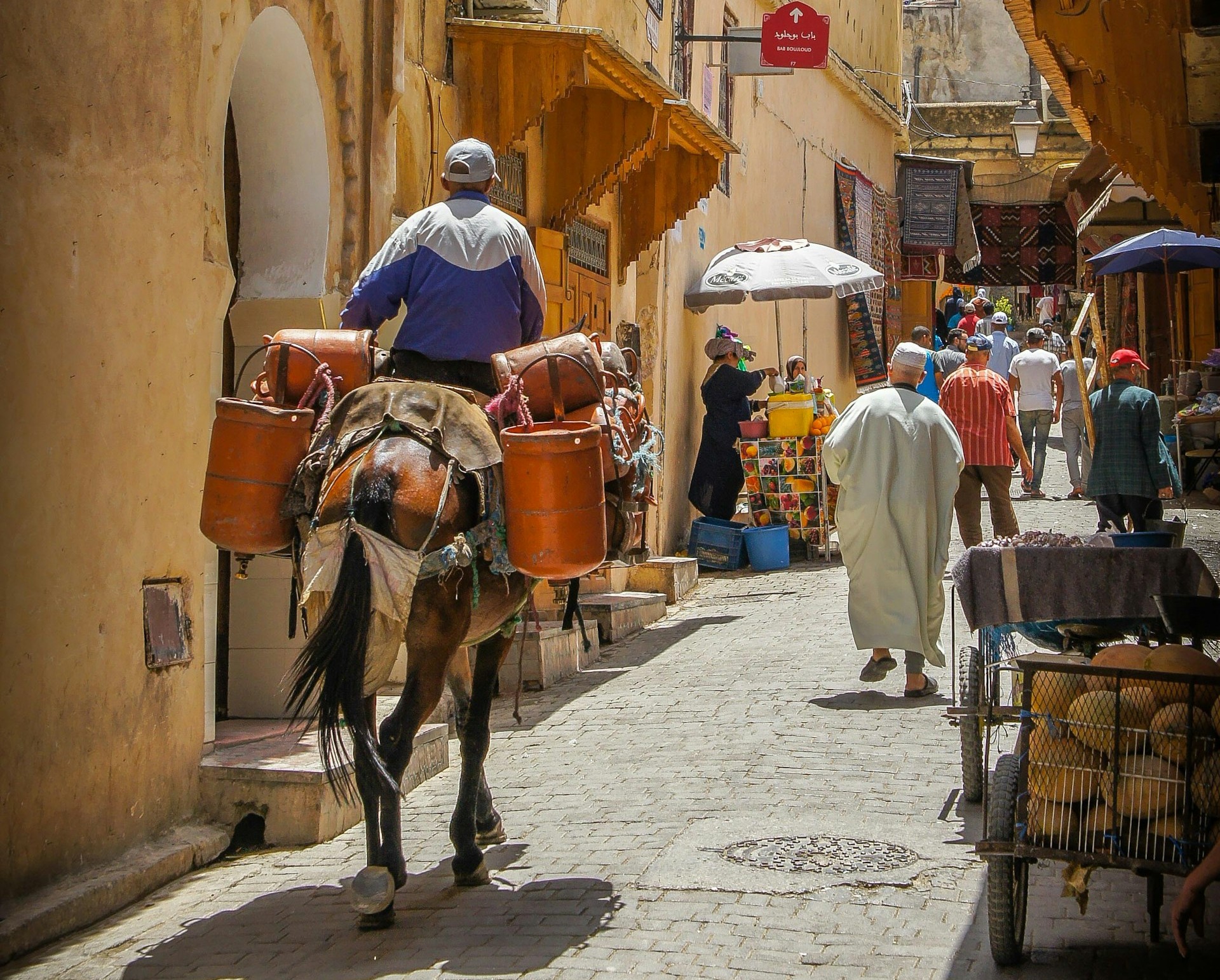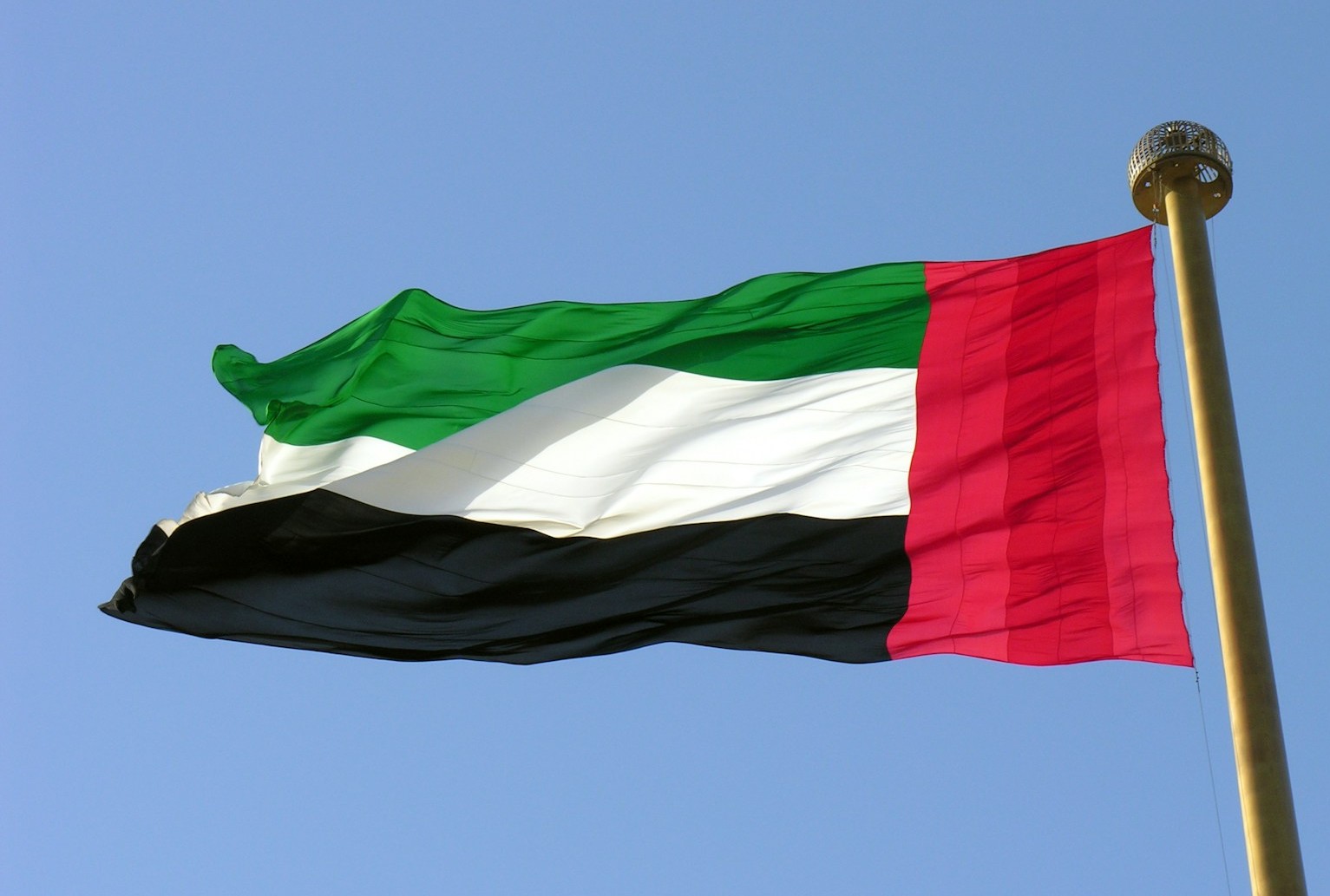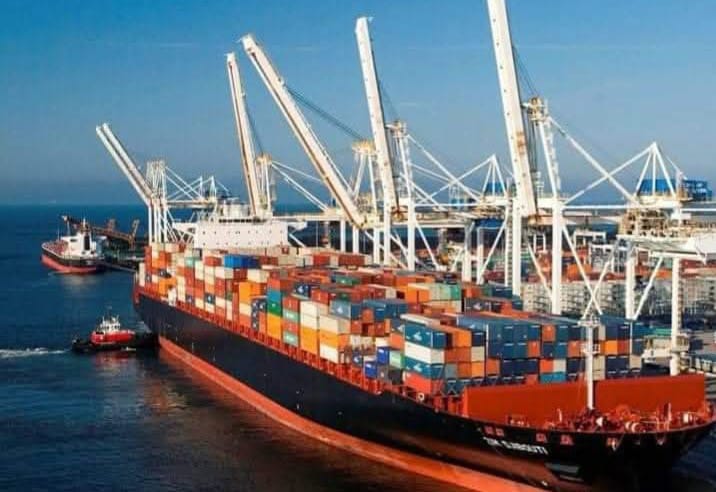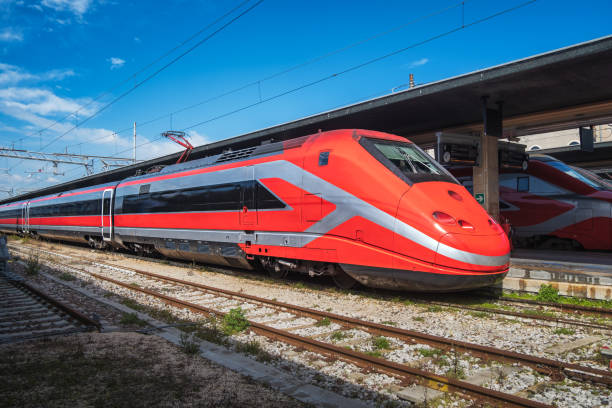Casablanca – The National Office for Electricity and Drinking Water (ONEE) has officially launched a strategic project to construct approximately 1,000 kilometers of Ultra High Voltage (UHT) alternating-current transmission lines, linking the Boujdour region in southern Morocco to the Tensift region in the center of the country. The initiative is part of Morocco’s broader strategy to reinforce the national electricity transmission network and accelerate the transition to a sustainable and decarbonized energy system.
According to ONEE, the project is designed to transport around 2,000 MW of renewable electricity, helping meet the country’s rising electricity demand while enabling the large-scale integration of wind and solar energy into the national grid. The project is expected to enter service in December 2028 and will form a central component of the country’s renewable energy infrastructure.
The announcement follows the issuance of a pre-qualification call for construction companies to participate in the project. This first stage will allow ONEE to evaluate interested contractors before moving to the formal tender phase, which will be conducted under the Engineering, Procurement, and Construction (EPC) model. The selected contractor will be responsible for the design, construction, and commissioning of the UHT lines under a turnkey contract.
This UHT project is part of a broader portfolio of key energy infrastructure initiatives currently being implemented by ONEE, including operational, under-construction, and planned projects. Among these is a high-voltage direct current (HVDC) link under development, which will connect southern Morocco directly to the central regions. This HVDC “electric highway” aims to enhance the transmission of green electricity from the south to northern and central regions while reinforcing supply security across the national grid. Environmental and social impact assessments for this link have been entrusted to Novec, a subsidiary of Morocco’s CDG Group.
Morocco’s national grid currently includes more than 30,000 kilometers of high-voltage transmission lines, including a 400 kV double-circuit line extending to the city of Dakhla in southern Morocco. Another 400 kV double-circuit line is under construction and is expected to enter service by mid-2026. This additional line is projected to evacuate approximately 900 MW of electricity, primarily generated by new wind farms coming online by the end of 2026. Within this context, the Boujdour–Tensift UHT link will play a crucial role in transmitting new renewable power from southern regions to central Morocco, ensuring smooth integration into the national grid and strengthening the reliability and security of energy supply.
ONEE emphasizes that the project aligns with Morocco’s national vision for sustainable energy, as promoted by King Mohammed VI. It forms part of the High Vision for strategic energy infrastructure development, which focuses on increasing renewable energy generation, enhancing transmission capacity, and guaranteeing a reliable and decarbonized electricity supply across the country.
The project is also expected to have broader socio-economic benefits. By facilitating the evacuation and integration of large volumes of renewable energy, the UHT lines will contribute to Morocco’s climate goals and its commitment to reducing greenhouse gas emissions. The construction phase is anticipated to generate employment opportunities in engineering, project management, and construction, while the enhanced energy infrastructure will support industrial growth and regional development across southern and central Morocco.
With the Boujdour–Tensift transmission line, ONEE reaffirms its commitment to modernizing the national electricity network, ensuring energy security, and supporting Morocco’s ongoing energy transition. The project reflects a long-term strategy to expand renewable energy capacity, optimize grid performance, and provide a sustainable, reliable, and secure electricity supply to households, businesses, and public institutions nationwide.
The 1,000 km UHT transmission project represents a significant milestone in Morocco’s energy roadmap. By connecting southern renewable energy production to central demand centers, it not only strengthens the national grid but also accelerates the country’s shift toward a low-carbon energy system, positioning Morocco as a regional leader in renewable energy integration.















